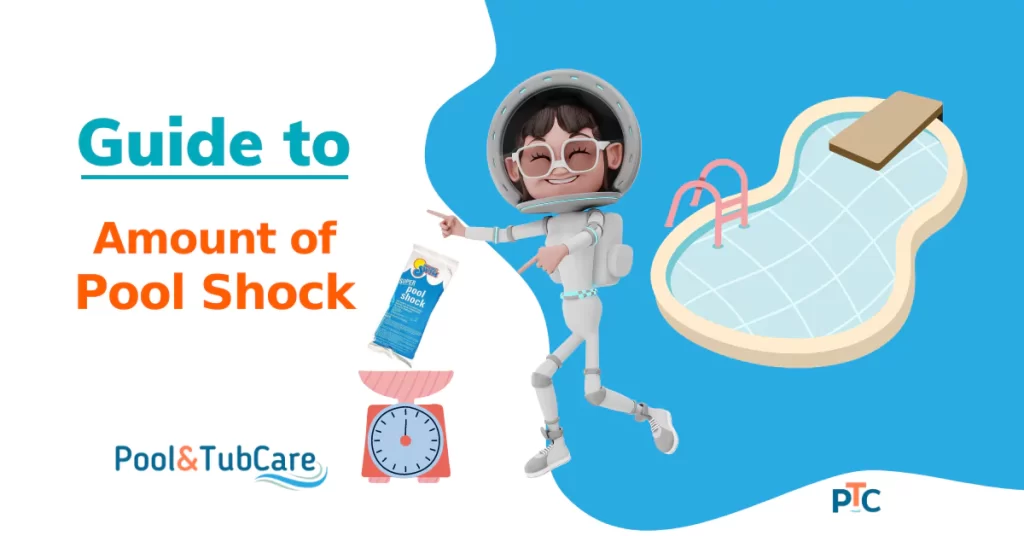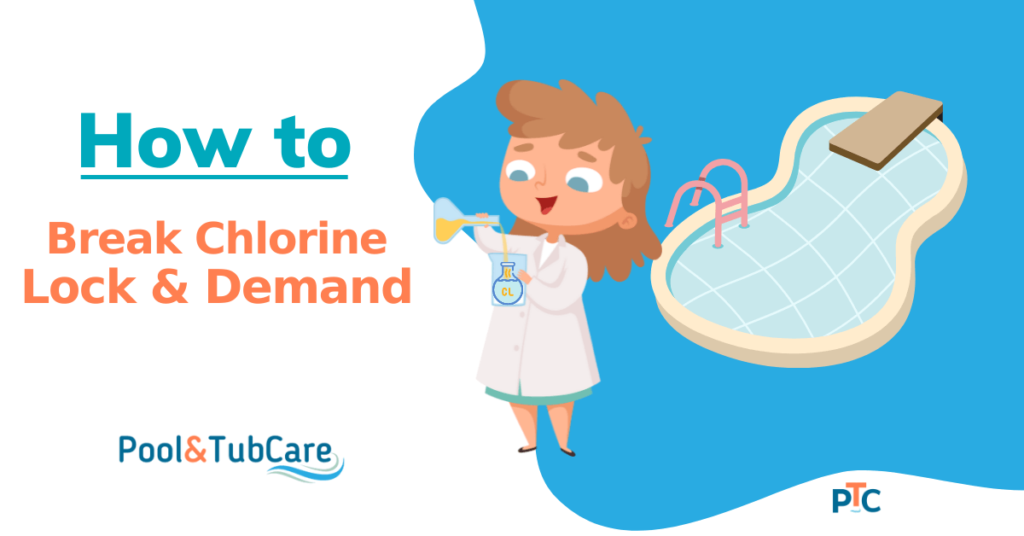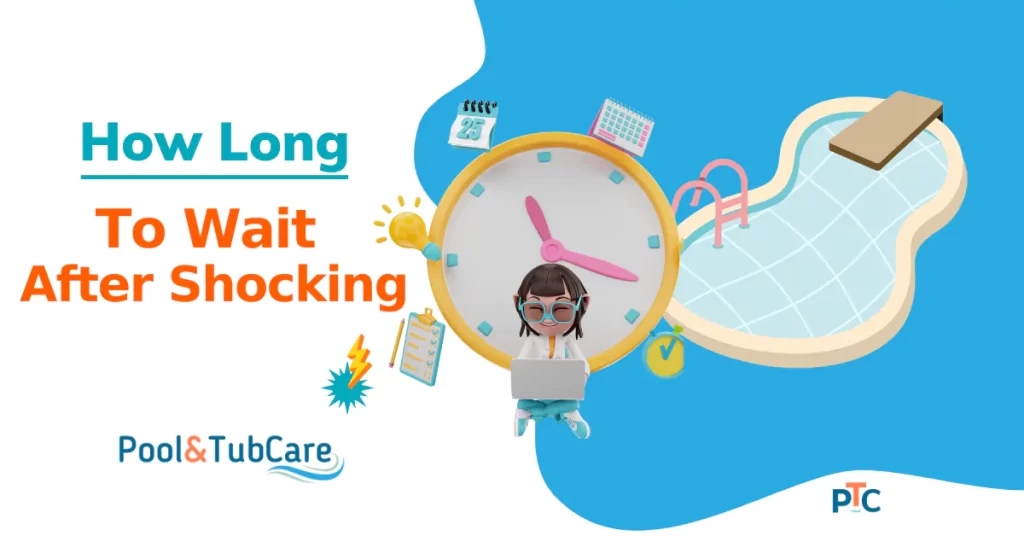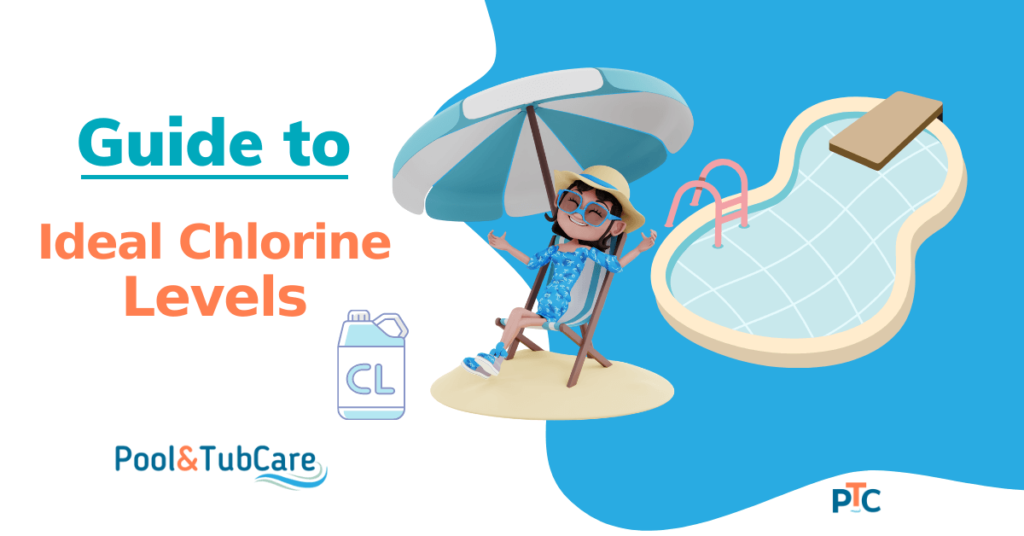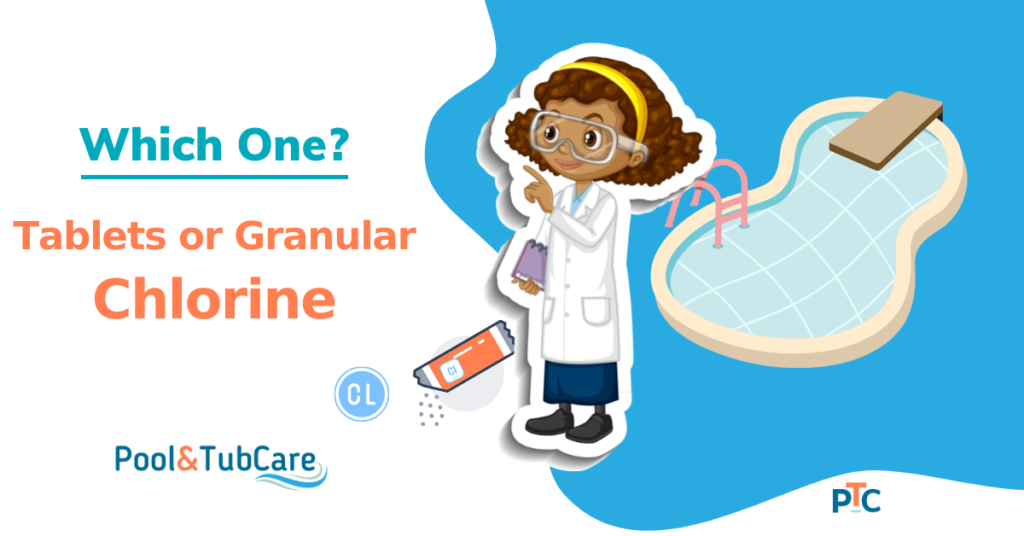Great! You are shocking your pool. It is the solution for most of the pool problems, be it algae or chloramines.
Whether you are doing it as regular maintenance or to fight off the algae and chloramines, shocking will help you get control back in your hand.
Then the next question is, how much shock do you need to use to get a clean and safe pool?
The total amount you need will depend on the pool water volume, your pool condition, your reason for shock, and the type of shock you are using. As a rule of thumb, you will generally need one pound of shock per 10,000-gallon water in your pool for maintenance shocking. You might need more in the case of chlorine demand and algae contamination.
Read on to learn about the different shock chemicals available and how much you need for your pool.
What does Shocking a Pool Mean
Shocking your pool means flooding it with a high dose of chemicals to kill off any bacteria, viruses, and algae.
Over time your chlorine works to neutralize organic waste and combine with them, forming the chloramines. These chloramines are nasty for the health of pool and swimmers.
You need to shock the pool regularly to get rid of chloramines. Either use oxidizer shock to break them or a high chlorine concentration to reach the breakpoint.
You can choose different types of shock depending on your pool needs.
Types of Pool Shock
Many types of pool shocks can be used, each requiring a different amount.
The two most common types of shocks are chlorine and non-chlorine.
Chlorine Shock
These types of shock have chlorine in them, providing a large supply of free chlorine to do the job. You need to wait for 6 to 12 hours after using chlorine-based shocks to use the swimming pool.
Calcium Hypochlorite Shock
Calcium Hypochlorite is a chlorine-based shock that contains around 70% chlorine. It comes in the form of granules or powder.
You need to pre-dissolve this shock before adding it to the pool, as it is very hard to dissolve. It is basic in nature and can increase the pH of water.
This contains calcium and can cause scale build-up, especially in saltwater pools. If the calcium levels in your pool are already high, then you should not use this shock.
This is unstabilized shock and is less effective in the sun, so it should be used at night.
Dichlor Shock
This shock contains 60% chlorine and dissolves fast. It is more soluble than the cal-hypo shock and has a minimal effect on the pH of water.
You can add it immediately to the water; there is no need to dissolve it first. It can also be used for saltwater pools.
Dichlor is a stabilized chlorine shock and can be used during the day.
It does not contain calcium, so it can be used in saltwater pools and pools with high calcium levels.
Though it contains cyanuric acid and is not ideal if the CYA levels are already high in your pool.
Sodium Hypochlorite Shock
This is another chlorine-based shock but comes as a liquid.
This contains less percentage of chlorine compared to granule shocks, so you need to add more amount of it to do super chlorination.
You can read the instruction and find out the volume.
The benefit of this shock is that it does not have to dissolve in water as it is already in liquid form.
But as it is also an unstabilized shock, it is best used at night. Care with the handle while measuring and pouring, as it can be dangerous for your skin.
Non-Chlorine Shock
Potassium monopersulfate shock is a non-chlorine shock.
It works by oxidizing the water and breaking down organic waste and bacteria in water.
This chemical is highly effective in breaking down chloramines and keeps the chlorine levels in your pool from rising.
This is recommended as a weekly shock for well-maintained pools. It does not affect the chemistry of your pool, like calcium or cyanuric acid levels.
Although it is suggested for shocking saltwater pools, you cannot use it as an algaecide because it is not Chlorine based.
This is the better option if you want to use your pool immediately after the shock. You just need to wait for 15 to 20 minutes after shocking the pool.
How Much Shock to Add to The Pool
You need to calculate how much chlorine levels you want to reach. That will depend on your chlorine break point.
- First, calculate the combined chlorine (CC) by subtracting free chlorine (FC) from total chlorine (TC)
- Then multiply CC with 10 as the breakpoint is generally 10 times the amount of combined chlorine
- Subtract free chlorine (FC) from the value you got in point 2 (10 x CC), as that much free chlorine is already available
For example, if you have an FC of 1.5ppm and Total chlorine of 2.5ppm, then your Combined chlorine (CC) is 1ppm.
Multiply it by 10, and you get a 10ppm value. Then subtract FC (1.5ppm) from 10ppm, and you get 8.5ppm.
This is the amount of ppm you need to increase with your shock to reach the breakpoint.
Then you need to determine from your product label how much is required to raise the chlorine by 1ppm per 10,000 gallons of water.
For example, say, 2 ounces of shock is required to raise chlorine by 1ppm per 10,000 gallons.
Then you need to divide your pool volume by 10,000.
If your pool size is 25,000 gallons, you get a value of 2.5.
So for a pool of 25,000 gallons, 2.5 x 2 pounds of shock will be required to raise chlorine by 1ppm, which is 5 ounces.
Multiply this value with our earlier calculated value to reach the breakpoint (8.5).
So we need to use 42.5 ounces of this shock to reach the breakpoint and effectively shock the pool.
Here is a table for your easy reference to increase chlorine by 1ppm per 10,000 gallons.
| Shock | For 1 ppm increase |
|---|---|
| Cal-hypo | 2.0 ounces |
| Dichlor | 2.2 ounces |
| Sod-hypo | 0.35 qts |
For oxy-shock or non-chlorine shock, you can just add 1 pound per 10,000 gallons of water without any other calculations.
Note: Each manufacturer will have different available chlorine and different volume to increase the chlorine by 1ppm. It will be best to follow the calculations given on the label of your shock.
How to Shock Your pool
Shocking your pool is not that difficult and can be done easily if you follow these steps.
Supplies you need for Shocking your pool:
- Protective gear (glasses, gloves, work clothing, etc.)
- Shock (calcium hypochlorite or other)
- Testing kit
- Bucket
- Stick to dissolve it
The following process is simple and applicable to all kinds of pools.
1. Calculate Pool Water Volume
The first step is to determine your pool water volume. This will help you figure out how much shock you need to add.
Use this calculator to find out the volume.
2. Testing of Pool Water
The next step is to test the water in your pool.
If the amount of Free Chlorine is less than 1ppm and is lower than the Total Chlorine level, then the Combined chlorine levels are off.
It’s then time to shock your pool.
pH, alkalinity, cyanuric acid, and calcium hardness must all be tested.
pH: Pool pH should be between 7.2 and 7.6.
Alkalinity: For pools, the recommended alkalinity range is 80 to 120 ppm. Alkalinity aids in pH stabilization.
Calcium hardness: The recommended calcium hardness range is 175 to 225 ppm for pools. Too much calcium in pool water can cause deposits on pool surfaces, and corrosion can occur when there is inadequate calcium.
Cyanuric acid: It should be between 30 to 50ppm. If it is above 50ppm, then your shock may not work correctly.
3. Add the Right Amount of Shock
The next step after finding the pool volume is to calculate the amount of chemicals you need to add. Use the table above for reference.
Use the manufacturer’s instructions for adding the shocking chemical.
Generally, for pools with a capacity of 10,000 gallons or higher, 1 pound of shock is required for every 10,000 gallons of water.
In cases of severe algal bloom, a larger shock dosage may be required.
Note: You should never add more than 1/2 pound of shock per 1,000 gallons of pool water at a time.
4. Dissolve the Shock in a Bucket of Water
Once you’ve calculated how much shock you need, dissolve it in a bucket of water.
Fill the 5-gallon bucket approximately halfway and add the chemicals to the water, not the other way around.
Stir the bucket until all of the shock has dissolved. The solution should then be poured into the pool on the sides.
If the shock is to be added directly without dissolving, add one bag at a time till you reach your estimated breakpoint.
Only use your pool when the shock has worn off unless it is a non-chlorine shock and you’ve followed the manufacturer’s instructions.
Note: Never breathe in the chemical directly, as it might irritate the lungs.
5. Circulate the Pool Water
You will need to circulate the pool water while shocking it.
Start the pump ahead of time and keep it going while shocking to ensure that the shock reaches every corner of the pool. Running the filter for at least 8 hours is the best way to do this.
If you have a saltwater pool, the water must be circulated for 12 hours.
6. Test the Pool Water Again
You will need to test the pool water chemistry again once it has been circulated.
pH, alkalinity, and calcium hardness should all be tested.
You must also test for both combined and free chlorine.
Combined chlorine levels should be less than 0.2 ppm, whereas the free chlorine should be between 1.0 to 3.0 ppm.
More shock will be required if the levels are not where they should be.
FAQs About How Much Shock to Add to Pool
Here are a few frequently asked questions.
Can you use too much pool shock?
You can add more shock than required, and nothing will happen if you do it once or twice. But if you do it regularly, then your pool chemistry might get imbalanced such as pH levels, and alkalinity levels may get haywire which can lead to cloudy water. If you use cal-hypo shock, calcium concentration will increase, and plaques will form. On the other hand, the stabilizer will increase with the overuse of dichlor shock, which will make your chlorine ineffective. So, don’t use too much shock.
How long it will take for the shock to work?
If you use the non-chlorine shock, it acts very fast, and within minutes, your chloramines will be gone. On the other hand, killing algae with chlorine shock may take a few hours. You should wait 12 – 24 hours to enter the pool if you are shocking your pool with chlorine to kill algae.

